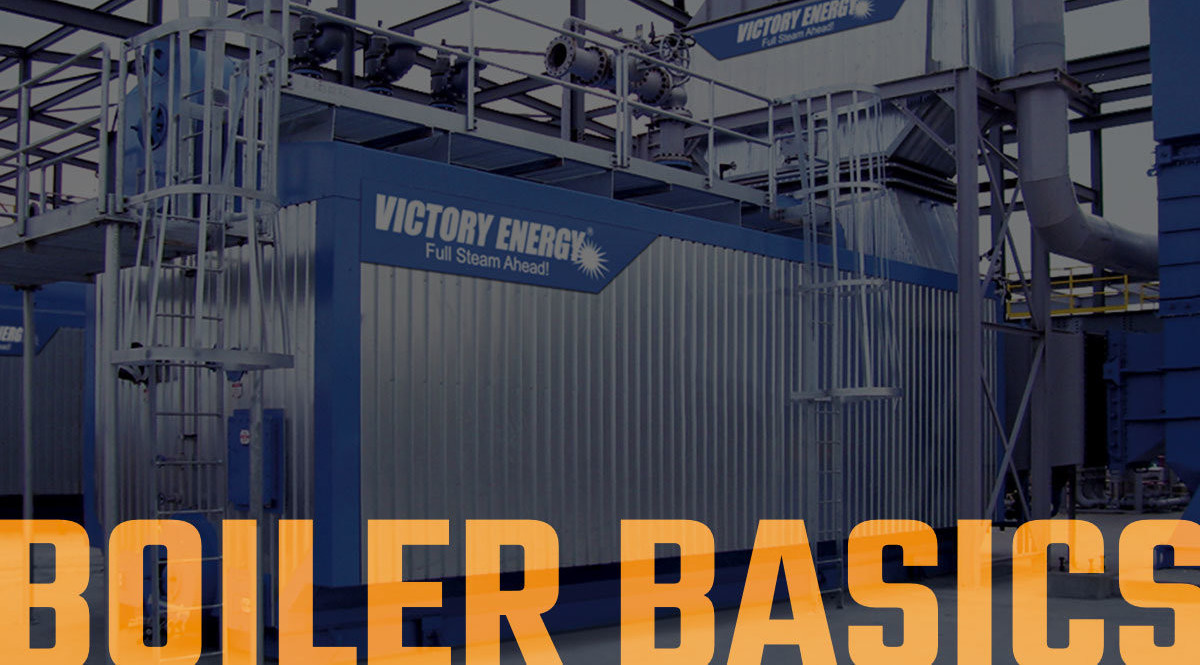For the uninitiated, the simplest definition of a boiler is a pressure vessel that provides a surface for the transfer of heat between combustion products and water. Metal tubes are generally used for this heat transfer. The boiler is a main component of a generation system that includes a fuel supply, combustion air system, feedwater system, and exhaust gases venting system.
Boilers are found just about anywhere someone is creating heat or steam. They are used in a variety of industries, from making pulp and paper, to generating electricity and even processing foods.
There are two basic types of boilers: firetube and watertube. The difference between the two is defined by which side of the boiler tubes contain the combustion gases or the boiler water/steam.
Firetube Boilers feature combustion gases that pass inside boiler tubes where heat transfers to water between these tubes and the outer shell. These boilers are characterized by their number of passes, which refers to the number of times the combustion gases flow the length of the pressure vessel as they transfer heat to the water. These turnaround zones are either dryback or waterback. Dryback designs feature a refractory-lined turnaround area that is specially insulated to withstand high temperatures. As the name implies, the turnaround zones in waterback designs are cooled by water, eliminating the need for refractory lining.
Watertube Boilers, as their name implies, feature tubes through which boiler water passes while the exhaust gases pass over the tube surfaces. Tubes can withstand higher internal pressure than the large firetube chamber shell, which is why you’ll find watertube boilers used where high steam pressures are required. These boilers can generate superheated steam making them popular for applications that require dry, high-pressure, high-energy steam, including steam turbine power generation. They are the boiler of choice for many chemical plants, pulp and paper manufacturers and refining industries.
Waste Heat Recovery Boilers (WHRB) can be either firetube or watertube design. These boilers use heat to generate steam that would otherwise be discarded. Exhaust gases, high-temperature products from an external manufacturing process or combustion of waste fuel in the boiler furnace are typical sources of heat for WHRBs.
Heat Recovery Steam Generators (HRSGs) transfer energy from gas turbine exhaust to an unfired or supplementary fired heat-recovery steam generator to produce steam. Exhaust gases exit the gas turbine at extremely high temperatures (1,000 degrees or higher) and can account for more than 75% of the total fuel energy input. By passing the gases through a heat exchanger (steam generator) this energy can be recovered to produce hot water or steam for process needs.
The information contained in this blog comes from an article featured on the American Boiler Manufacturers Association website. WARE is a proud member of the ABMA, and encourages you to check out their website.
To learn more about boilers, check out our Boiler University classes, offering hands-on, expert training in all things steam.
